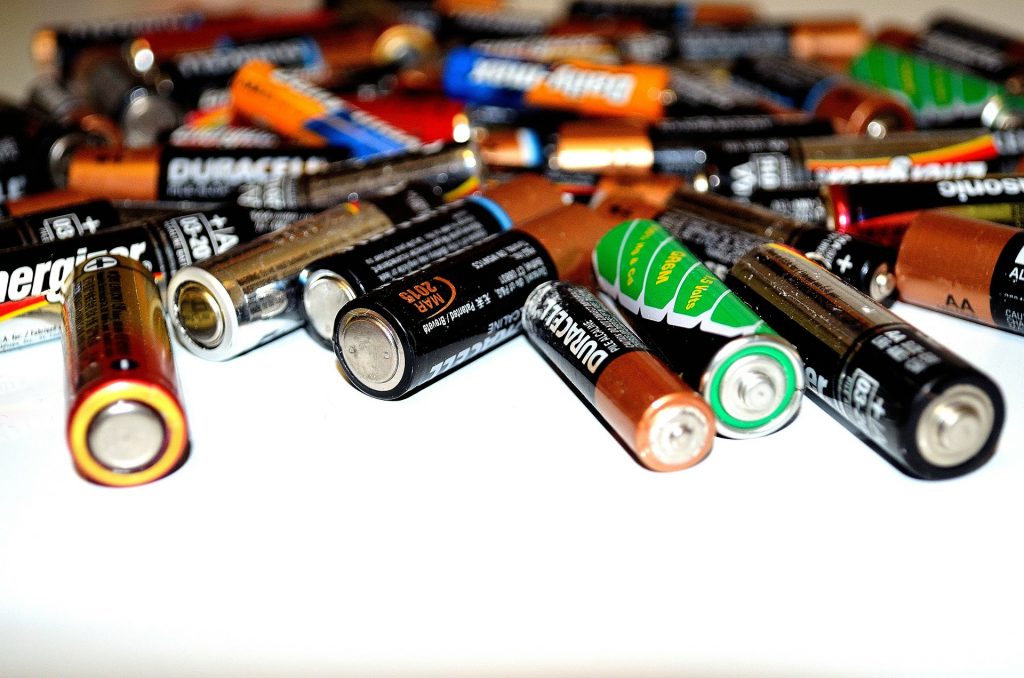Three Battery Technologies That Could Power The Future
Three Battery Technologies That Could Power The Future
The demand for clean renewable energy is on the rise. Currently, our energy-storage strategies are shaped by lithium-ion batteries as it’s the cutting edge of energy storage technology. However, what is the future of energy storage?
New Lithium-Ion Technology
Lithium-ion (Li-ion) batteries charge and discharge by moving lithium ions from positive to the negative electrode via an electrolyte. To store and release energy, the positive electrode is the initial lithium source while the negative electrode is the host of the lithium.

Li-ion batteries house numerous chemistries, bearing the results of years of research, development, materials selection, and optimization close to perfection of negative and positive active materials. Currently, lithiated metal phosphates or oxides are the preferred materials for creating the positive electrode. On the other hand, graphite, titanium oxide, or graphite/silicon are used to create the negative electrode.
With the combination of cell designs and material we currently use in Li-ion technology, we expect to reach an energy storage and performance limit in a few years. However, recent discoveries of disruptive active materials, as well as some old familiar materials, have the potential of unlocking the present limits. UPS maintenance.
These innovative compounds will allow battery manufacturers to store more lithium in both electrodes, making it possible to have a battery design that combines more power and energy density. Additionally, the use of these new compounds takes into consideration the criticality and scarcity of raw materials.
The Advantages Of Li-ion Batteries
Currently, of all the cutting energy storage technologies, Li-ion batteries have the highest level of energy density. Furthermore, the wide variety of cell designs in existence allow battery makers to refine the performance of batteries including their temperature operating window and fast charging.
Additionally, Li-ion batteries are advantageous for having a long lifetime, low self-discharge, and exceptional cycling performance of thousands of charge-discharge cycles.
Lithium-Sulphur
Li-ion batteries use lithium ions stored in a stable host structure as active materials while charging and discharging. For lithium-sulphur (Li-S) batteries, the batteries do not have host structures. The discharging phase consumes the lithium anode. Additionally, sulphur is transformed into various compounds. During the charging phase, the opposite reaction takes place.
The Advantages Of Lithium-Sulphur Technology
The materials used in manufacturing Li-S batteries are very light. For instance, sulphur which is the positive electrode, and metallic lithium, the negative electrode are light. That’s why the theoretical energy density of Li-S batteries is usually high – as much as four times more than Li-ion. Li-S batteries are a better fit for the space and aviation industries.
Solid-State Batteries
Solid-state batteries are a paradigm shift in battery technology. Modern Li-ion batteries use a liquid electrolyte (ionic conductivity) to move ions from one electrode to another. In solid-state batteries, a solid compound replaces the liquid electrolyte. The solid compound allows lithium ions to migrate between the electrodes.
While the concept isn’t new, over the past decade the field of solid-state batteries has experienced intensive research and development. Researchers have discovered new types of solid electrolytes that have high ionic conductivity, comparable to liquid electrolytes. The new solid electrolytes have allowed researchers to overcome a technological barrier.
Currently, Saft R&D resources and efforts focus on inorganic compounds and polymers as the materials of interest. The main goal is to achieve a physio-chemical synergy regarding their stability, processability, conductivity, and other properties.
The Advantages Of Solid-State Batteries
The main advantage of solid-state batteries is improvements in safety at the battery and cell levels. Solid electrolytes are not flammable when subjected to heat, unlike liquid electrolytes. Another advantage is that solid-state batteries allow battery designers and manufacturers to use innovative, high-capacity, high voltage materials. This makes it possible to manufacture denser, lighter batteries with a higher shelf life. Additionally, the resulting batteries have a reduced self-discharge.
At the manufacturing and system level, solid-state batteries have simplified mechanics and more optimized safety and thermal management.
{“mode”:”full”,”isActive”:false}
